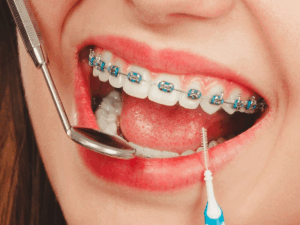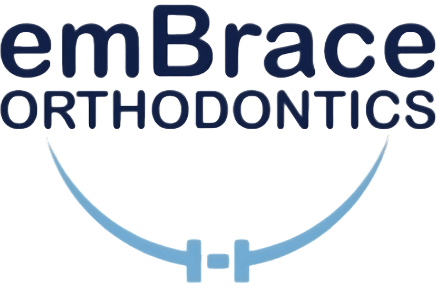It’s exciting when your braces finally come off, but that happy moment can quickly fade if your teeth start shifting again. I remember seeing friends’ gorgeous smiles slowly drift back after years of treatment. Learning that braces and retainers work as a team changed everything for me. In this article, I’ll explain how these two orthodontic heroes unite to give you a smile that lasts, not just looks good for a moment.
Braces: The Active Phase of Your Smile Transformation
Braces apply gentle, continuous pressure to correct alignment and bite issues. Brackets, wires, and sometimes bands work together to gradually move teeth into optimal positions, helping resolve crowding, gaps, overbites, underbites, and more.
As pressure loosens tooth roots, the bone around them remodels, breaking down and rebuilding, which enables movement. This active phase typically lasts 12 to 36 months, depending on your needs.
During this transformation, your gums and bones are in flux. Once braces come off, teeth are still prone to shifting; they haven’t yet fully fixed in place.

Why Teeth Want to Move Back, And How Retainers Help
Without something holding them, teeth naturally drift. This relapse happens because periodontal fibres recoil, pressure from lips and tongue continues, and bones aren’t yet fully settled.
- Preventing relapse: Retainers brace your teeth in place and give the bone time to harden into their new positions.
- Stabilising bite and jaw: They support jaw alignment and prevent excessive wear or discomfort.
- Protecting your investment: Decades of effort and expense can be undone in months; retainers lock in the results.
Types of Retainers: Choosing What Fits You Best
Generally, retainers are divided into two categories:
1. Removable Retainers
- Hawley retainers: Metal wires anchored to a plastic base that rests on the palate. These are sturdy, adjustable, and last for many years, but can be noticeable.
- Clear (Essix/VFR) retainers: Thin plastic trays that fit over teeth, nearly invisible when worn. They’re easy to clean but can wear out or warp over time.
2. Fixed (Bonded) Retainers
- Thin metal wire glued to the back of teeth, usually lower front teeth, occasionally upper.
- Always in place, so there’s no forgetting to wear them.
- Long-term studies show they maintain alignment better than removable types in many cases.
How Long Do You Need to Wear Them?
Every smile is different, but here’s a general idea:
- Full-time wear (around 22 hours/day) is typical for the first few months after braces.
- After initial stabilisation, most people switch to night-only wear, often indefinitely, especially during sleep.
- Some will need nighttime wear “forever.” Bone and tissue continue changing as you age, making long-term holding necessary.
Comparing Removable vs. Fixed: Pros and Cons
| Feature | Removable Retainers | Fixed Retainers |
| Visibility | Hawley: noticeable; Essix: barely visible | Hidden behind teeth |
| Ease of cleaning | Remove to brush and soak, easy | Requires floss threaders or a water flosser |
| Reliability | Can be lost or forgotten | Always working, no compliance needed |
| Longevity | Essix: ~3 years; Hawley: ~10 years | Can last 10+ years, but may break |
| Adjustability | Hawley can be adjusted | Not adjustable, must be replaced if incorrect |
| Hygiene drawbacks | Easier to clean daily | Plaque and tartar can build up if not cared for |
Retention Care: Small Effort, Big Reward
Proper retainer care saves both your teeth and investment:
- Clean daily removable retainers with mild soap and brush; soak occasionally in vinegar or baking soda water.
- Brush around fixed retainers thoroughly and floss with threaders or use a water flosser.
- Avoid heat, plastic warp from hot water or the sun.
- Watch for damage or discomfort; fixed wires may bend over time.
- Regular check-ups every 3–4 years help catch hidden problems early.
How Retainers and Braces Team Up for Longevity
- Braces fix alignment and bite, but bones and tissues need time to adapt.
- The retention phase kicks in immediately after the brackets come off.
- Retainers hold teeth steady while bone rebuilds and soft tissues adjust.
- Long-term nightly wear counters lifelong shifting tendencies.
- Periodic maintenance ensures your retainer stays effective and hygienic.
Without both phases, active treatment and retention, you risk losing your results. A retainer isn’t just a “backup” tool; it’s a critical partner in keeping your smile aligned and healthy.
Why I Trust Embrace Orthodontics for Braces and Retainers
At Embrace Orthodontics in DFW, we believe a smile isn’t finished when braces come off; it’s finished when it lasts. We provide comprehensive care that includes the ideal retainer type for each patient, tailored to your alignment and lifestyle. Whether you choose a sleek, clear retainer or a discreet bonded one, we guide you on usage, care, and maintenance.
Our team focuses on smooth transitions between braces and retainers. We build custom treatment plans that ensure result retention, checking your appliances during follow-ups and making adjustments when needed.
Located in DFW, Embrace Orthodontics blends friendly, skilled service with a commitment to long-term stability. When you’re ready to secure your beautiful smile, book your consultation today and let’s keep your investment in place.

